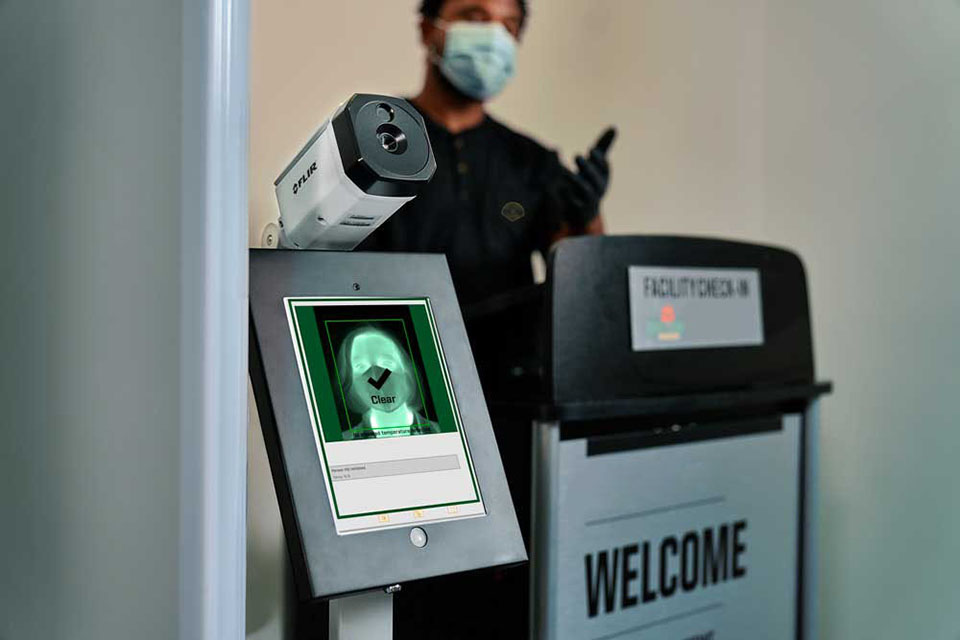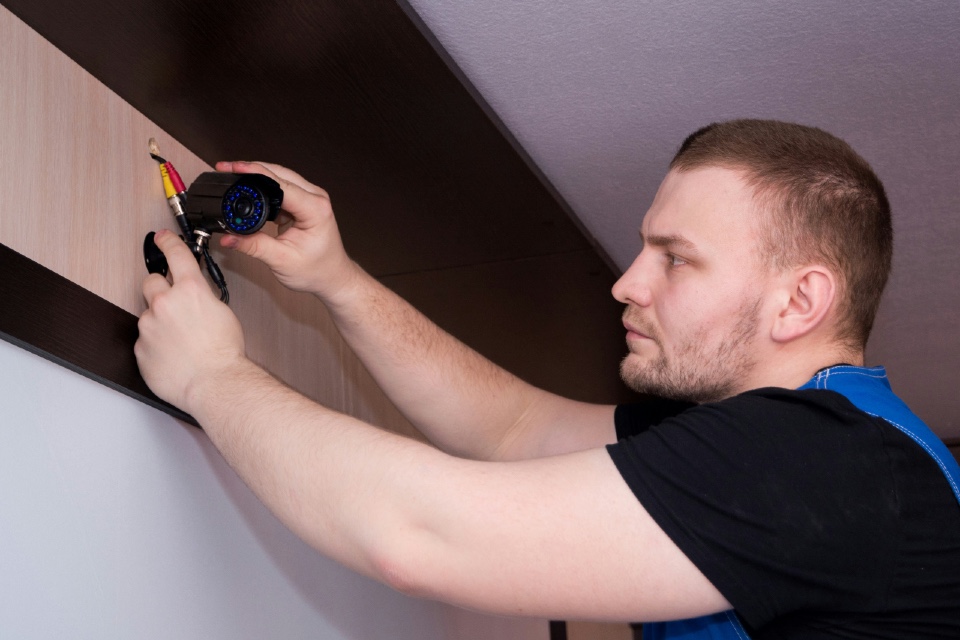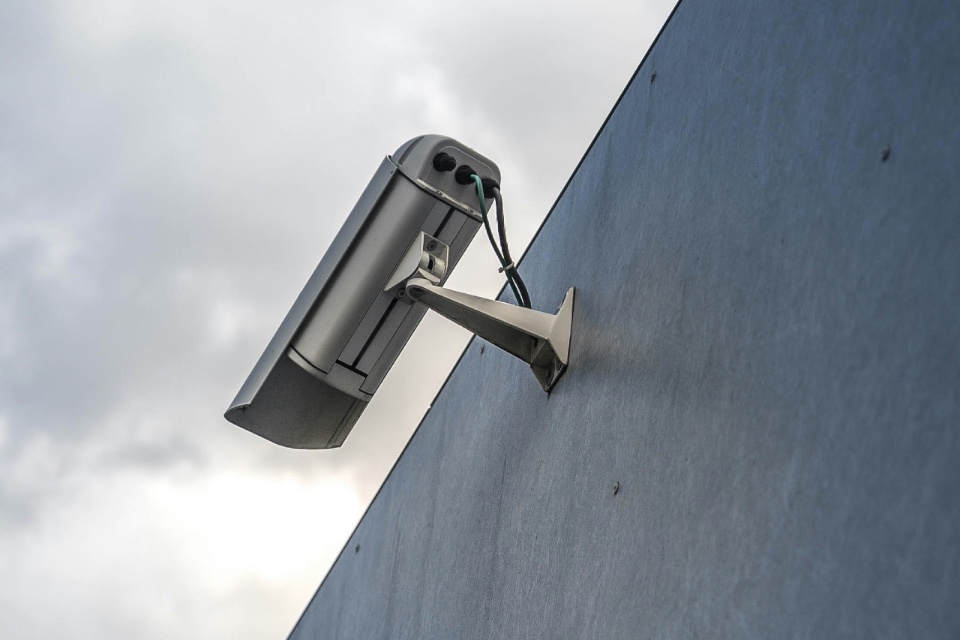By FLIR
Keeping workers and customers safe from COVID-19 is an important goal for industry and government agencies during this pandemic. Most have already instituted some type of protective measure, whether it’s disinfecting equipment, encouraging hand washing, requiring six feet of distance between people, or any of the other recommendations for reducing risk.
These methods help businesses avoid unexpected shutdowns or loss of workforce due to illness. Unfortunately, none of these measures can prevent a sick person from entering a shop or building. FLIR thermal imaging cameras can be an important frontline solution by offering an easy, non-contact method of screening for elevated skin temperature.
Options for high-traffic areas
Entry screening with medical devices, such as thermometers, accurately measure body temperature but pose several challenges for high-traffic areas: individual temperature checks require time, proximity, personnel to use the device, and protective gear to keep workers and other customers safe. Thermal imaging cameras that measure skin temperature from a safe distance have less impact on throughput and serve as a preliminary screening, reducing the number of people who need direct checks with a thermometer. Only those people who appear to have an elevated skin temperature would need secondary screening with a medical device.
Building thermal into your workplace
FLIR Screen-EST™ cameras feature built-in temperature screening to measure the average skin
temperature for people moving through your location. Based on this average, you can then see who appears to have a higher skin temperature. You can even set an audio or color alarm on the camera that will go off when the camera detects an above average temperature. From there, you will know who to check for a fever using a thermometer or other medical device.
Thermal cameras can’t diagnose fever or illness
It’s important to understand that no thermal camera can diagnose illness. They determine whether the person being screened has an above-normal skin temperature. This allows you to screen individuals quickly and determine who requires a secondary check with a medical device prior to entry.
FLIR has many resources to help you better understand thermal imaging for elevated skin temperature screening.
To learn more, go to www.flir.com/EHS.






